CHIAMGOTAEK [Korea Quality] / 치암고택 [한국관광 품질인증]
14.3 Km 39329 2023-04-13
297-10, Toegye-ro, Andong-si, Gyeongsangbuk-do
+82-54-858-4411, +82-10-3530-4413
Chiam Old House in Anmak-dong, Andong, Gyeongsangbuk-do is an old traditional Korean house once owned by Lee Man-hyeon(pen name Chiam) who was the 11th-generation descendant of “Toegye” Yi Hwang, one of the most prominent Korean Confucian scholars of the Joseon Dynasty and a high-ranking government official during the reign of King Gojong. This house was originally located in Wonchon-ri, Dosan-myeon but was relocated to its current location in 1976 after a flood caused by the collapse of Andong Dam. Chiam Old House consists of 22 rooms, 5 gates, and 1 detached building. The main building is taller than the detached building. One of the unique features of this detached building is that it has both gable roof and gambrel roof on either side. Listed as Gyeongsangbuk-do Folklore Material No. 11, Chiam Old House now serves as a guesthouse for those wishing to experience an old traditional Korean house. The rooms that are open to guests are “Seongmyeongjae,” “Gyeongeopjae,” and “Nakseongdang.” The large room called “Bakkatchae,” or outer building, is the most comfortable one to stay in for a night, since it's furnished with kitchen, TV, air conditioner, and bathroom. “Seongmyeongjae” means “honesty and integrity” in Korean. It’s an “ondol (Korean floor heating system)” room typical of any traditional Korean house, where you have to sleep on the floor. "Gyeongeopjae" is the most popular one among the guests, and its name means “unselfish and reverent.” The rooms next to the gate called “Ilgeonjae,” “Seokcheonjae,” and “Hakgujae” located along the wall are great places to stay if you want to see the surroundings and the old house at the same time. “Jamnyongdang” on the east side of the main building is named after the small pond in the yard, and it means “to strive to be a man of virtue like the dragon flying in the sky.” There are lots of beautiful flowers in the small garden in complete harmony with the old house and surrounding mountains, making it a great place to take a leisurely walk as you experience the history.
Traditional Resort Gurume [Korea Quality] / 구름에 [한국관광 품질인증]
14.7 Km 372 2023-04-13
190, Minsokchon-gil, Andong-si, Gyeongsangbuk-do
+82-54-823-9001
Gurume Resort is where early traditional Korean guesthouses are located. The traditional Korean houses were relocated to this place after a flood. The resort consists of seven traditional Korean houses named "Baksanjeong,” "Cheongongjeong,” "Gamdongjaesa,” "Palhoedangjaesa,” "Gyenam Old House,” "Seounjeong,” and "Chilgok Old House." Built in the 17th century, "Baksanjeong" is the oldest house there, and it has one guestroom. “Cheongongjeong,” “Gamdongjaesa,” and “Palhoejaesa” were built in the 18th century, whereas "Seounjeong,” "Gyenam Old House,” and "Chilgok Old House" were built in the 19th century. For this reason, the traditional Korean houses look slightly different from each other with one thing in common: they were all renovated and equipped with comfortable modern facilities while preserving most of the features of a traditional Korean house. All the guestrooms are furnished with bathroom with shower and air conditioning system. A hi-tech security system is also installed to ensure the safety of the guests. In addition to Gurume Resort, Happy Traditional Village also has a book café housed in a traditional Korean house as well as dining restaurant, experience rooms, and plaza, allowing the visitors to lodge and engage in a wide range of activities. There is a special package for staying at an old traditional Korean house and using the auxiliary facilities. For more information on various events and news, please visit the Happy Traditional Village website.
MONTRER CHEF (몽뜨레셰프)
14.7 Km 60 2021-03-30
346-124, Gwangwangdanji-ro, Andong-si, Gyeongsangbuk-do
+82-54-813-5454
It is a great place with an outdoor terrace for family gatherings. This family restaurant is located in Andong-si, Gyeongsangbuk-do. The most famous menu is pork shoulder steak.
Haemul Mongttang Kalguksu (해물몽땅칼국수)
14.8 Km 42 2021-03-24
287, Gwangwangdanji-ro, Andong-si, Gyeongsangbuk-do
+82-54-821-9290
It is a place where you can eat Kalguksu (chopped noodle soup) made with abundant seafood. This Korean dishes restaurant is located in Andong-si, Gyeongsangbuk-do. The most famous menu is noodle soup with clams.
Donkkaseu Wa (돈까스와)
14.8 Km 138 2021-06-25
287, Gwangwangdanji-ro, Andong-si, Gyeongsangbuk-do
+82-54-841-9290
This house offers homemade pork cutlet made from odor-free raw materials/refrigerated pork loin and formed into patties. This Korean dishes restaurant is located in Andong-si, Gyeongsangbuk-do. The most famous menu is pork cutlet.
Maison principale de la famille Lee de Goseong, branche Tapdong (법흥동 고성이씨탑동파종택)
15.7 Km 3059 2021-04-09
9-2, Beopheung-dong, Andong-si, Gyeongsangbuk-do
+82-54-840-5225
Construite en 1695 pour la famille Lee de Goseong, branche Tapdong, cette maison est toujours habitée par les aînés de cette famille. Elle est caractéristique d’une maison de yangban, noble de la dynastie Joseon.
Plusieurs bâtiments ont été ensuite construits et agrandis. Parmi eux, le pavillon Bukjeong a été élevé en 1775. On dit que Beopheungsa, vieux temple de l’ère Shilla se trouvait à cet endroit. La pagode à sept étages Shinsedong élevée devant la maison est son vestige.
Pagode de briques à sept étages Shinsedong (안동 법흥사지 칠층전탑)
15.7 Km 2358 2021-07-13
8-1, Beopheung-dong, Andong-si, Gyeongsangbuk-do
+82-54-840-5225
Déclarée trésor national n° 16, cette pagode est la construction en briques la plus grande et la plus ancienne de toute la Corée du sud. Elle mesure 16,8 mètres de haut et 7,75 mètres de large.
Etant donné que le village où elle se trouve s’appelle Beopheung-ri, on suppose qu’elle faisait partie du temple Beopheung qui a été construit au huitième siècle durant l’ère de Tongil Shilla. Mais à part cette pagode, il ne reste aucun monument. A l’endroit de ce temple se trouve actuellement la maison principale de la famille Lee de Goseong, branche Tapdong.
La partie supérieure de la pagode a disparu, mais sur la partie inférieure ont été gravées de belles représentations de dieux tutélaires du bouddhisme. Il reste des traces de joints de tuiles sur la partie supérieure du toit de chaque étage. Selon « Yeonggaji », (livre historique sur la région Andong achevé en 1608), les modifications y ont été effectuées en 1847 et il restait trois bâtiments à l’époque.
Cette pagode se situe près de la maison principale de la famille Lee de Goseong, branche Tapdong et du pavillon Andong Imcheonggak. Il vous est donc conseillé de visiter ces trois monuments ensemble.
Si vous prenez le bus ou le taxi, descendez devant le passage souterrain Beopheung et empruntez-le. Vous verrez la pagode sur votre gauche. La maison de la famille Lee de Goseong se trouve juste devant cette pagode. Puis, en vous mettant face à la maison, prenez le chemin à gauche et marchez 3 minutes. Vous serez devant le pavillon.
Donga Sutbul Galbi (동아숯불갈비)
15.8 Km 21 2021-03-24
277, Jebiwon-ro, Andong-si, Gyeongsangbuk-do
+82-54-857-6942
This is a restaurant with delicious Samgyeopsal (pork belly) and Galbi (ribs). This restaurant's signature menu is grilled ribs. This Korean dishes restaurant is located in Andong-si, Gyeongsangbuk-do.
Imcheonggak à Andong (안동 임청각)
15.8 Km 2157 2021-12-22
63, Imcheonggak-gil, Andong-si, Gyeongsangbuk-do
+82-54-859-0025
Ce pavillon est annexé à une maison construite au milieu de la dynastie Joseon (1392~1910) par un Yangban (noble de cette dynastie) appréciant beaucoup le paysage de cet endroit. Le bâtiment le plus connu de la maison est le pavillon Kunjajeong. Ayant échappé aux flammes lors des deux invasions japonaises qui ont eu lieu entre 1592 et 1598, ce pavillon a été déclaré par l’Etat coréen trésor nº 182 en 1963.
La plaque placée sous le toit et au-dessus de la porte a été écrite par Lee Hwang (1501~1570), un des grands savants confucianistes coréens.
Hakbongjongtaek [Korea Quality] / 학봉종택 [한국관광 품질인증]
15.9 Km 5944 2023-04-13
2830-6, Pungsantaesa-ro Seohu-myeon, Andong-si, Gyeongsangbuk-do
+82-54-852-2087, +82-10-6811-1106
'Hakbong Head House is the head house of the Uiseong Kim clan and was originally built near Sogyeseodang Village School by Kim Gwang-chan, an 8th-generation descendant of Hakbong Kim Seong-il, in 1762. In 1964, the house was moved to its current location.
The main building (bonchae) was extended from a ‘ㅁ’-shaped structure to a ‘巳’–shape structure. The anchae (women’s quarters) consists of a daecheong (main floored room) measuring 2-kan (a unit of measurement referring to the distance between two columns) on the right, an anbang measuring 2-kan on the left, and kitchen at the end. The upper part of the low-ceilinged kitchen has a gobang (storeroom) in which household goods used to be stored. The daecheong is large compared to the overall size of the house because head houses usually held many ancestral rites.
The Hakbong Head House has an impressive modern garden that was created during construction work carried out when the house was relocated after the Japanese colonial era. The well-maintained garden with its fantastically-shaped trees and rocks also serves as a venue for musical concerts on a regular basis. Guests will surely be fascinated to find out about the history of the people who once inhabited this house and dedicated themselves to the country in times of trouble.
![CHIAMGOTAEK [Korea Quality] / 치암고택 [한국관광 품질인증]](http://tong.visitkorea.or.kr/cms/resource/31/2580131_image2_1.jpg)
![Traditional Resort Gurume [Korea Quality] / 구름에 [한국관광 품질인증]](http://tong.visitkorea.or.kr/cms/resource/56/2581156_image2_1.jpg)
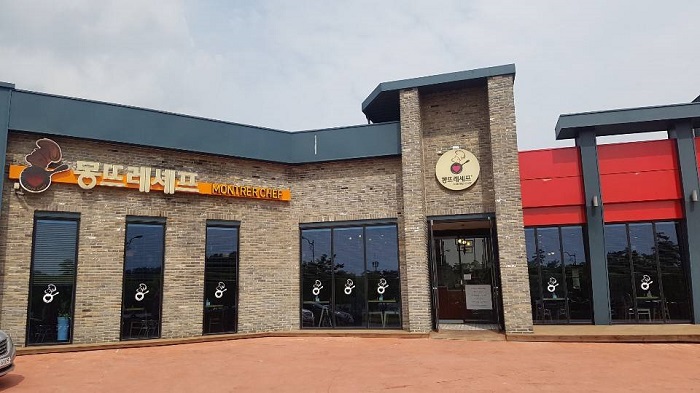
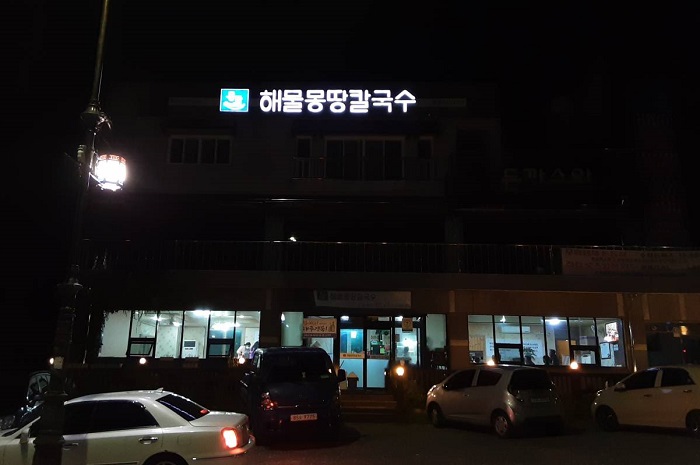
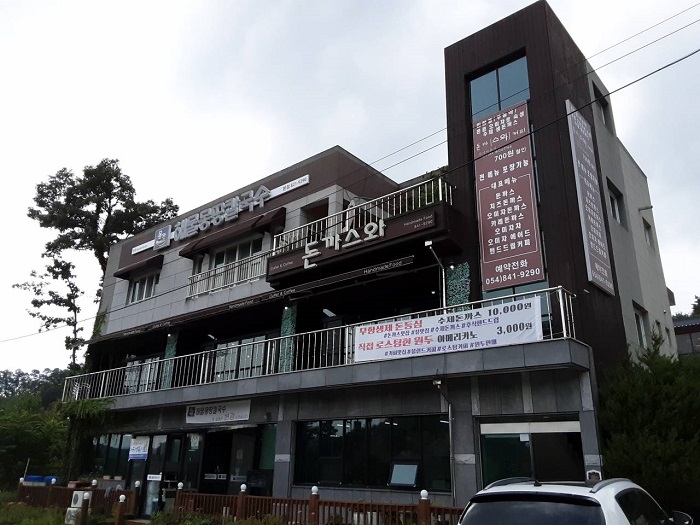
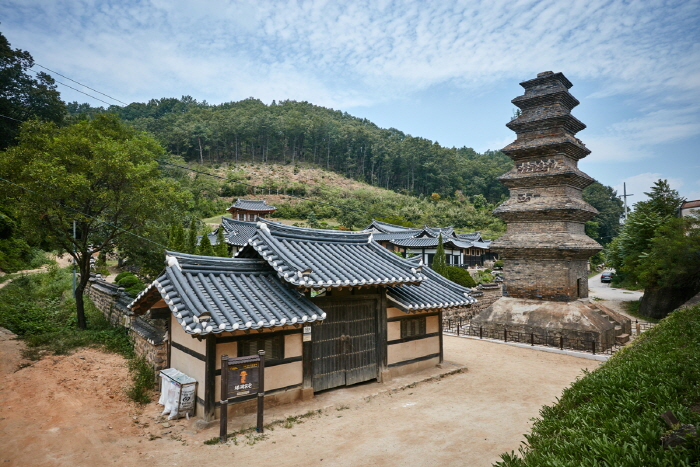
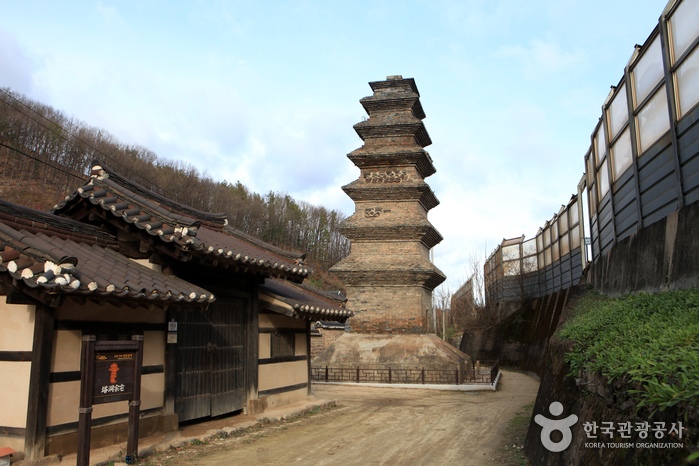
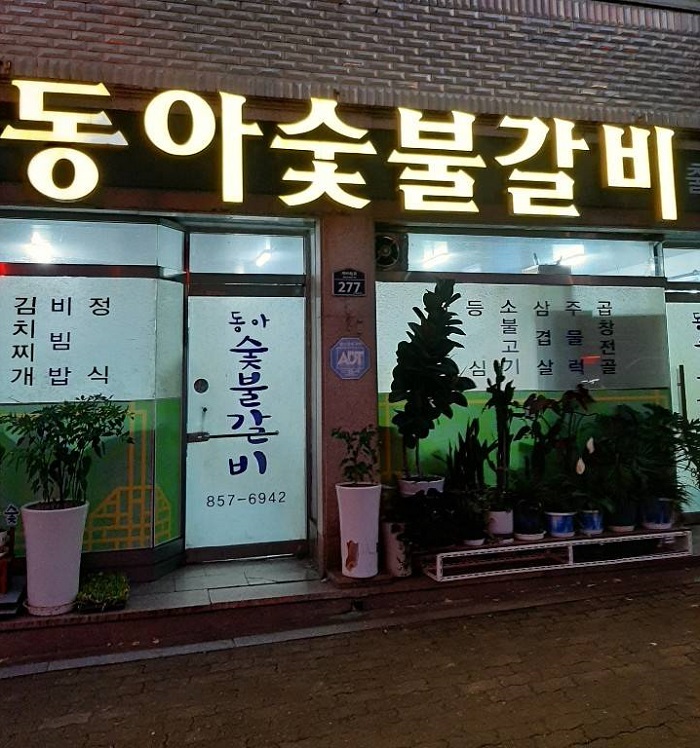
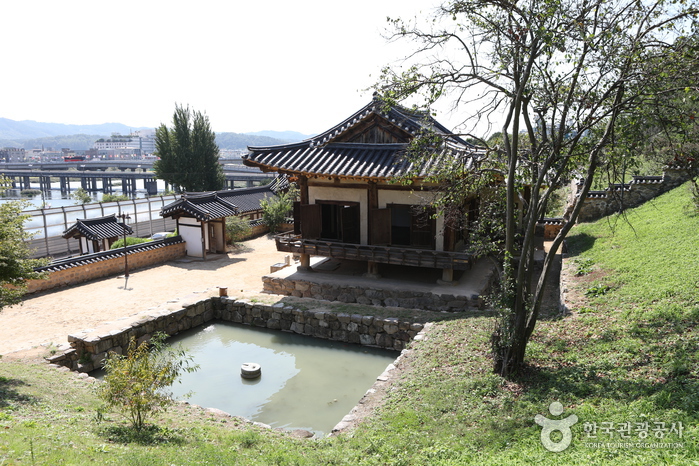
![Hakbongjongtaek [Korea Quality] / 학봉종택 [한국관광 품질인증]](http://tong.visitkorea.or.kr/cms/resource/87/2579587_image2_1.jpg)
 Français
Français
 한국어
한국어 English
English 日本語
日本語 中文(简体)
中文(简体) Deutsch
Deutsch Español
Español Русский
Русский